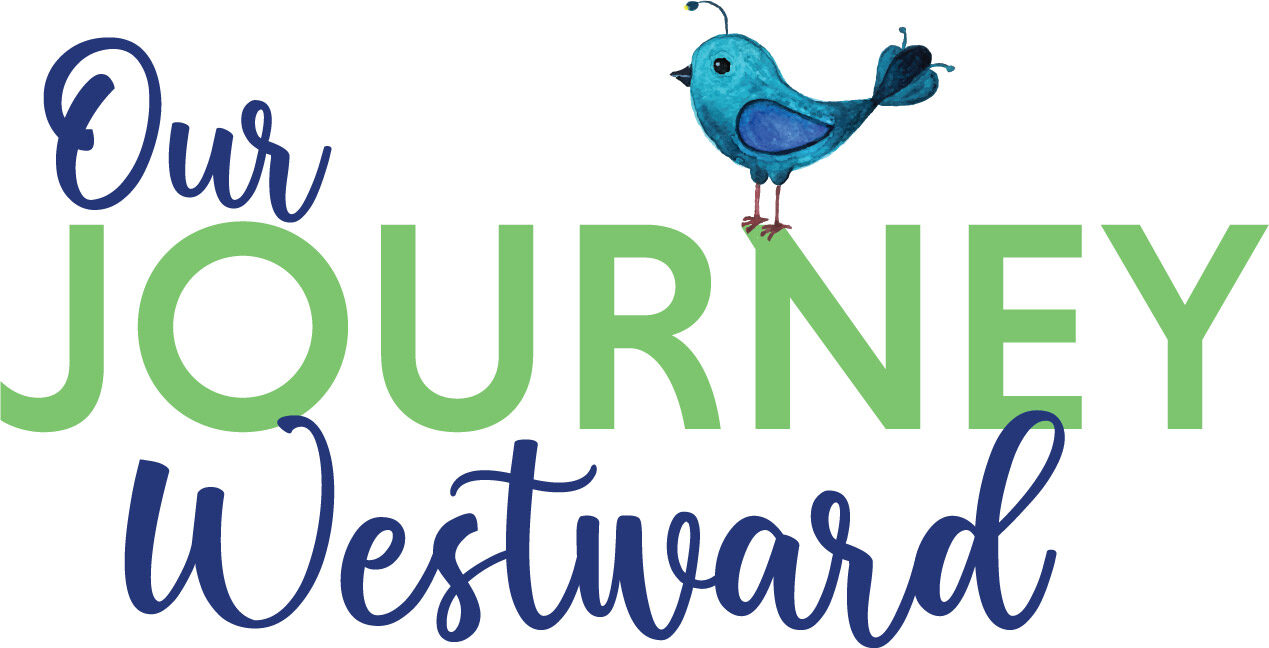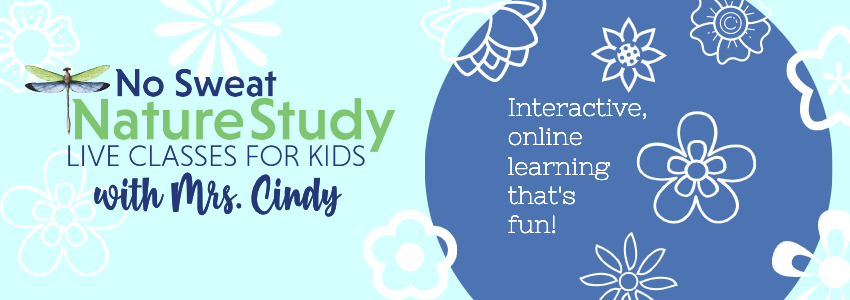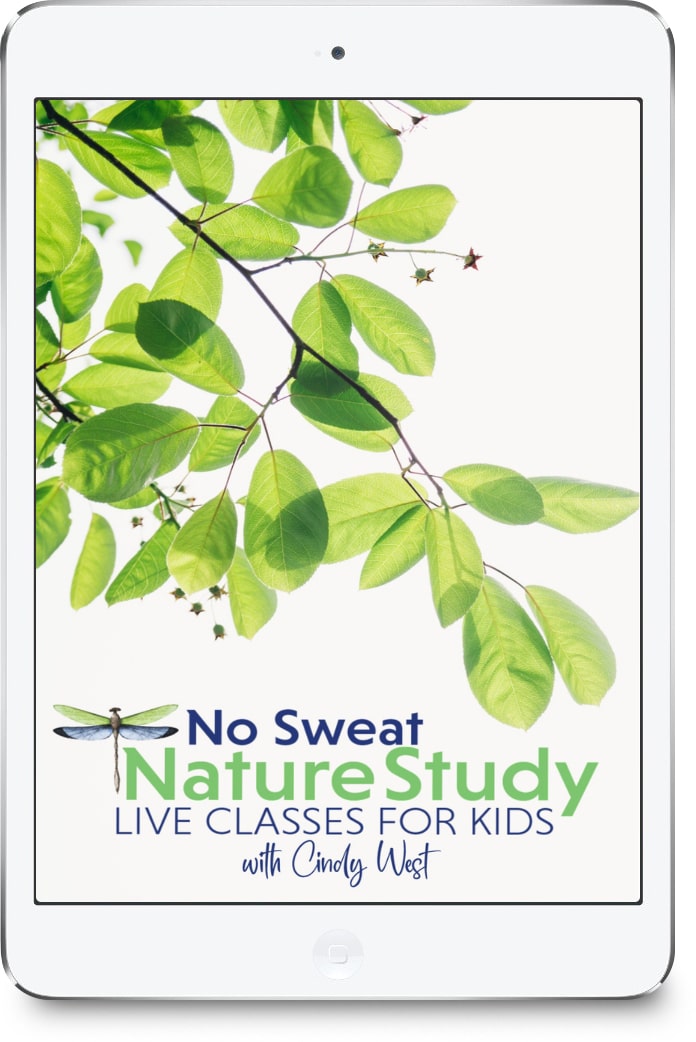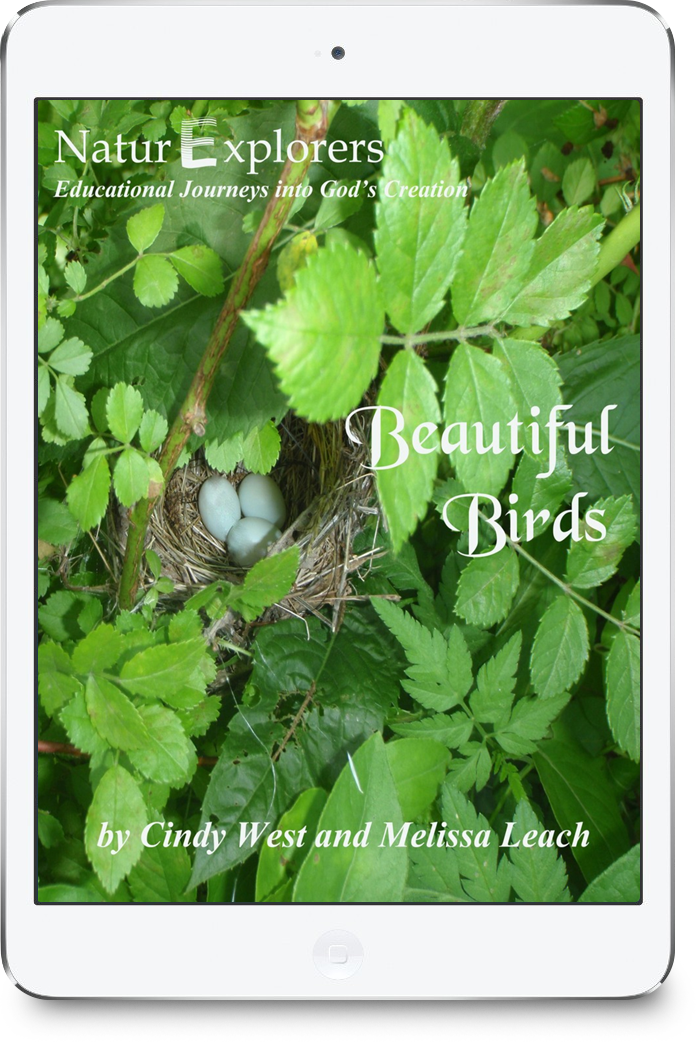Bird Migration Nature Study
The premier season of the No Sweat Nature Study Podcast kicks off with a bite-sized bird migration nature study. Listen at your convenience and then grab a nature journal and some colored pencils to head outside for the simple outdoor nature walk challenge!
Hello, and welcome to the first episode of the brand new No Sweat Nature Study Podcast! I’m Miss Cindy. Many of you know me from No Sweat Nature Study LIVE. I am so excited to bring you this premiere episode of the spring season, where we’re going to learn about bird migration. Are you ready?
Bird Migration Nature Study
Have you noticed new birds flying in and out of your area? I have. March is the season for waterbirds like ring-necked ducks and northern shovelers to show up again in my home state of Kentucky. In April, I’ll start seeing yellow-bellied sapsuckers and indigo buntings again. But where have these birds been?
Many bird species are migrators. That means they move from one region to another in certain seasons. I bet you’ve seen birds fly south when temperatures begin to drop in autumn. That’s because food becomes scarce for them. Plants are finishing their growing seasons and they begin to die and insects either die, or they go into a state of hibernation or diapause. So, many birds begin to fly south to warmer climates where they can find plenty of food through the winter.

This post contains affiliate links.
You may have seen geese flying south in large flocks that are v-shaped in the sky in the fall. Have you also, though, seen those flocks flying north again as spring approaches? Yes! If the birds fly south for the winter, they fly north again for the summer.
Speaking of geese, they are just one of about 10,000 types of birds that migrate. Not all bird species migrate, but you can find all types that do. Some waterfowl, some raptors, seabirds, and even some songbirds migrate.
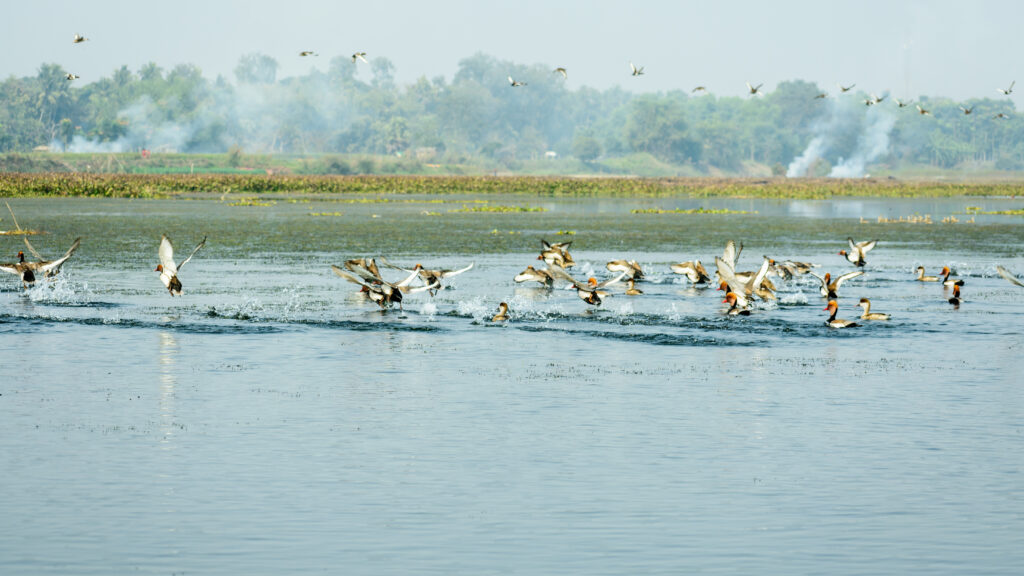
A Few Bird Groupings
Let’s quickly talk about each of those. Waterfowl, you can probably guess, are the birds that live near the water. They spend their time in the water swimming around, floating, and maybe even building nests in reeds. They like to go fishing in the water for different animals and even plants that live there.
Then there are raptors. You might’ve heard them called “birds of prey.” They’re the ones with sharp claws and sharp beaks. Those sharp claws and beaks can catch prey like mice and snakes and tear them apart so they can be eaten. That sounds kind of gross, but they play a very important role in the food webs around the world.
And then we said seabirds; those are, quite simply, birds that like to live near the ocean. And finally, songbirds are the smaller birds that flit around singing and tweeting and building cute nests in trees.
When Do Birds Migrate?
Most migrating birds fly south in the autumn months, and then they take a trip north again in the spring months. Surprisingly many, many bird species travel basically the same course year after year. In other words, if you walk on a trail in the forest and then walk back out of the forest on the same trail, you would have taken the same course. It’s pretty incredible to consider, but these particular birds have fantastic navigational skills that keep them flying the same basic path year after year.
Also interesting, the first birds of a certain species that you begin to see in the spring may not stick around that long. They are often resting before they continue further north. The ones that arrive a little later are the ones that will most likely stick around in your area. It’s also fascinating to know that the males usually arrive a week or two before females do in a particular area.
Signs of Migrating Birds
When you’re watching for birds to begin migrating north again in the spring, what do you look for? Well, it’s pretty simple. You can look for flocks flying together in groups. They often like to travel together. There’s safety and numbers and it reduces some of the wind burdens that they have when flying long distances.
So you can watch for groups either flying in the sky, or they will sometimes land in your yard or in a tree to take a break. And, there are lots and lots of sounds. You can also simply start watching for more action and listening for more sounds. Clearly, as birds begin to migrate north again, not only is there action just in the migration, but as they stop by or settle into your area, they are going to be busy.
They’re going to be building nests, finding mates. They’re going to be making a lot of noise, whether they are communicating to one another in warning sounds or in melodies that try to attract a lovely lady to them. So you will be able to simply observe through your eyes and your ears to find some signs of migration.
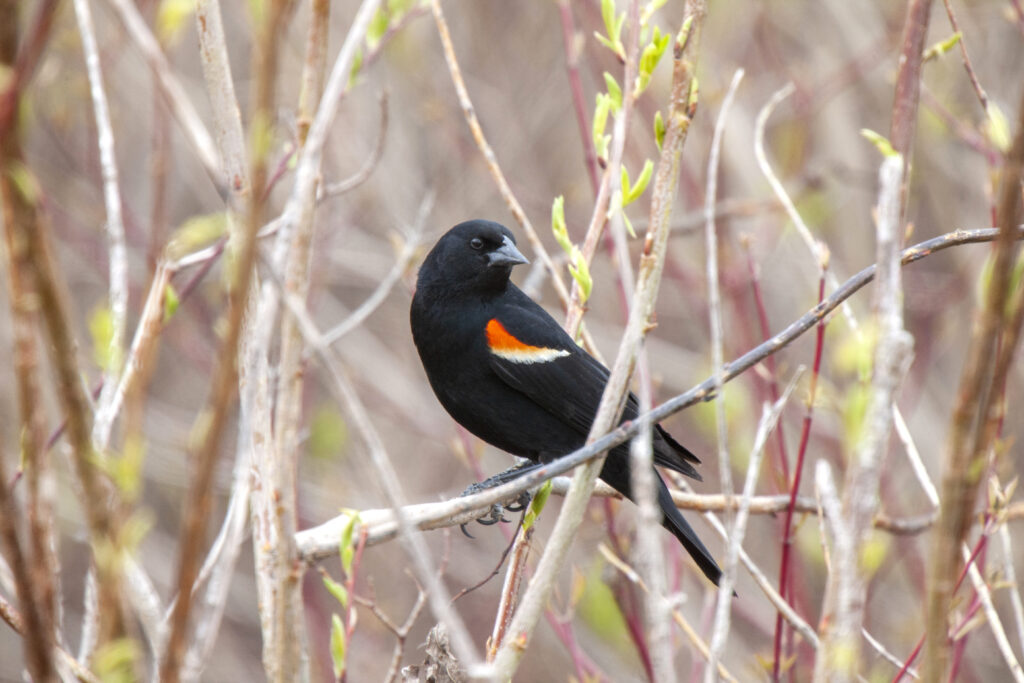
Homeschool Nature Study Challenge
And now it’s time for your nature walk challenge. In each episode, I will challenge you to get outside, take along a nature journal and some colored pencils, or something like that, and go do something on a nature walk. Here is this week’s challenge:
Go out and look for birds. Hopefully, you’ll find some that seem to be migrating. If you see a group of birds flying or resting together, they’re likely migrating. If you can’t find some that clearly look like they’re migrating, then just look for some that you don’t normally see. Watch, especially for bright-colored male birds, who might be on the hunt for mates this season.
Just draw what you see in your nature journal. It’s that easy this week.
Now I would love to see your nature journal pages when you’re finished. Simply tag me @OurJourneyWestward on Instagram or Facebook to share them with me.
Links and Resources
Please leave a rating or a review on your podcast app! It helps the podcast to show up for more people…which means more families can enjoy science through the wonderful lens of nature study! Thank you!
